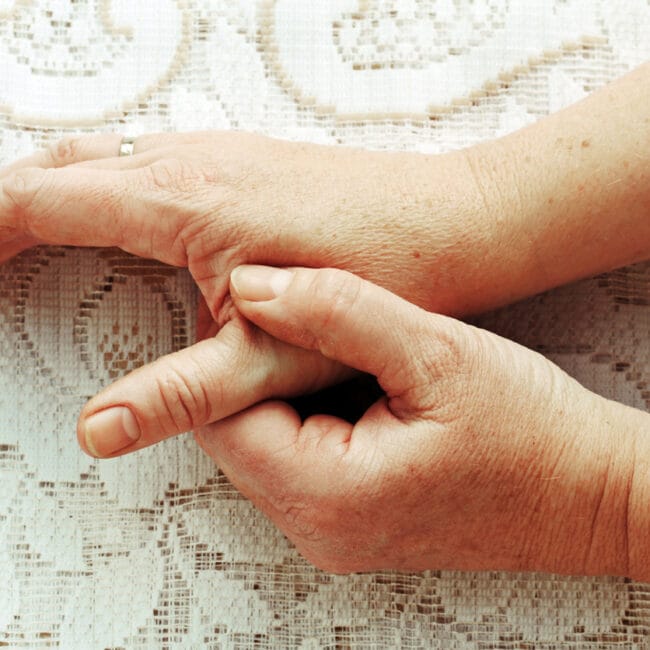Some injuries are completely unavoidable. For example, if you fracture your leg due to a really bad tackle in a sports match, there’s not a whole lot that can be done to prevent that! However, many injuries can be avoided. In this blog we will discuss the top 3 preventable injuries we see in our clinics and give you some simple tips on how to minimise your risk of suffering from them.
Neck Pain
Neck/upper back pain is a very common condition we see in our clinics, particularly among office/desk-based workers. The incidence of this condition has increased hugely over the last two years thanks to more and more people working from home during the COVID-19 pandemic. Often this can be prevented by following some simple steps as below.
Ergonomics
Ensure you have a proper desk set-up, whether you are working from home or in an office. Check with your HR department as many employers offer a free ergonomic review.
Make sure you have a good supportive chair or use a standing desk
The top third of your computer screen should be directly at eye level
Your forearms should be parallel to the ground when you type
Laptops usually require you to angle your head downward to see the screen, so connecting your laptop up to a separate monitor can be beneficial.
Breaks
Make sure you take regular breaks from sitting throughout the working day to avoid prolonged periods in the same posture. A break of 2-3 mins every hour where you stand up and move around is ideal. It can be a good idea to set an hourly reminder on your phone or smart watch to prompt you to do this.
Strengthening & Stretching
Performing regular stretching and particularly strengthening exercises to ensure your neck and surrounding muscles are flexible while also being strong has been shown to reduce the risk of developing neck pain in desk-based occupations.
Our physiotherapists can prescribe you specific exercises to perform based on your individual needs, which you can monitor progress on our App and tick off as completed each day.
Overuse Injuries
An overuse injury is one which occurs when excessive demand is placed on your muscles/tendons/ligaments/bones over a period of time. Overuse injuries can often occur if you take up a new exercise/sport or if you greatly increase how much exercise you are doing in a short period of time.
Examples of common overuse injuries include stress fractures, Achilles’ tendinopathy, and pain around your knee cap. To help avoid overuse injuries, follow the simple tips below.
Warm Up
Be sure to warm up thoroughly before performing any exercise. A warm up should consist of some light cardiovascular exercise and dynamic stretching for 5-10 mins to increase the heart rate and help warm up the muscles by increasing blood flow.
A good way to prepare for any intense activity is by performing a similar activity less intensely. E.g. if you are going to lift weights, perform 1-2 sets of the exercise with light weights first before progressing on to your main sets.
Don’t Overdo It!
If you are beginning a new exercise or taking up a new sport, ensure to take it slow at the beginning and don’t push too much too soon. Increasing the load placed on your body by doing too much too quickly is one of the most common causes of overuse injuries.
Be sure to start light and gradually increase how much you do over a period of weeks/months. So, if, for example, you are planning to take up running, start with short distances at a low intensity and gradually build up. It is recommended to increase your running distance by a maximum of 10% each week.
Your physiotherapist at Spectrum Health can help guide you and give you advice regarding load management to help minimise your risk of picking up an overuse injury.
Muscle Strains
Muscle strains occur when a muscle is overstretched or torn, and they are a common injury in active populations. Any muscle can become strained, but the hamstring (back of the thigh), quadriceps (front of the thigh), and the calf are among the most commonly strained muscles in people who play sports or are active.
Although muscle strains are sometimes unavoidable, follow the tips below to reduce your risk of suffering one.
Warming Up & Load Management
As with overuse injuries, warming up and managing how much activity you do are key factors in helping to prevent muscle strains. Follow the tips on warming up and load management above (in the section on preventing overuse injuries) to help minimise your risk of a muscle strain.
Strength Training
Strengthening is one of the most effective ways to avoid muscle strains. Muscle strains often occur when the muscles aren’t strong enough to deal with the load placed on them during exercise/sport.
Your physiotherapist can advise you on tailored strengthening exercises which are specific to your particular sport/exercise.
Sleep
Sleep plays a crucial role in helping to prevent muscle injuries and injuries in general. You should be aiming for a minimum of 8 hours sleep per night.
Studies on athletes have shown that those who average less than eight hours sleep per night are almost twice as likely to suffer an injury compared to those who average more than eight hours sleep per night.
If you think you have suffered any kind of muscle strain, be sure to book an appointment with one of our chartered physiotherapists at Spectrum Health who will be able to assess the injury and provide you with advice and exercises to help you recover as efficiently as possible.
References
- Ballas, M.T., Tytko, J. and Cookson, D. (1997). Common overuse running injuries: diagnosis and management. American Family Physician, [online] 55(7), pp.2473–2484. Available at: https://pubmed.ncbi.nlm.nih.gov/9166146/ [Accessed 28 Jan. 2022].
- Louw, S., Makwela, S., Manas, L., Meyer, L., Terblanche, D. and Brink, Y. (2017). Effectiveness of exercise in office workers with neck pain: A systematic review and meta-analysis. South African Journal of Physiotherapy, 73(1).
- Milewski, M.D., Skaggs, D.L., Bishop, G.A., Pace, J.L., Ibrahim, D.A., Wren, T.A.L. and Barzdukas, A. (2014). Chronic lack of sleep is associated with increased sports injuries in adolescent athletes. Journal of pediatric orthopedics, [online] 34(2), pp.129–33. Available at: https://www.ncbi.nlm.nih.gov/pubmed/25028798.










